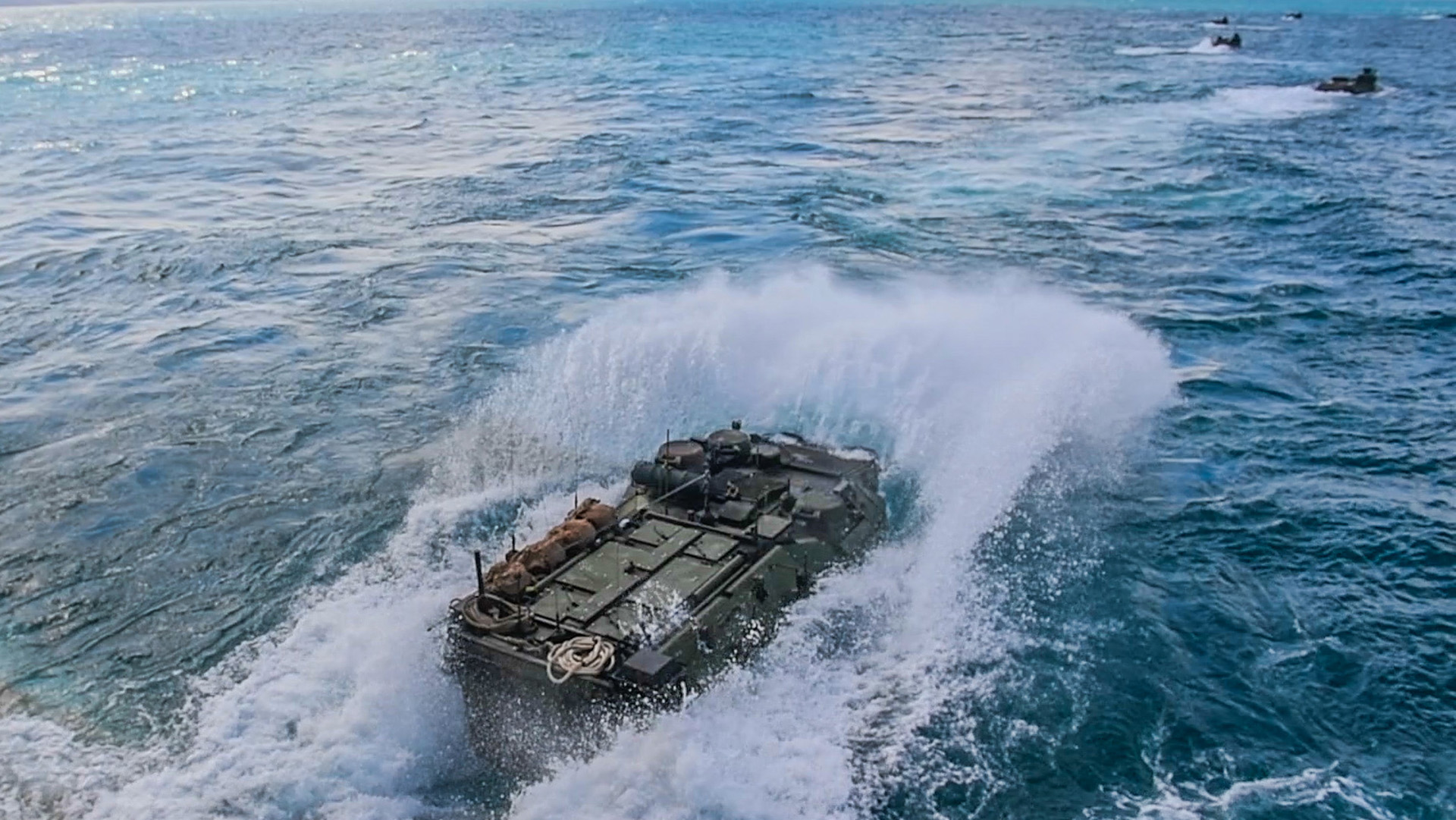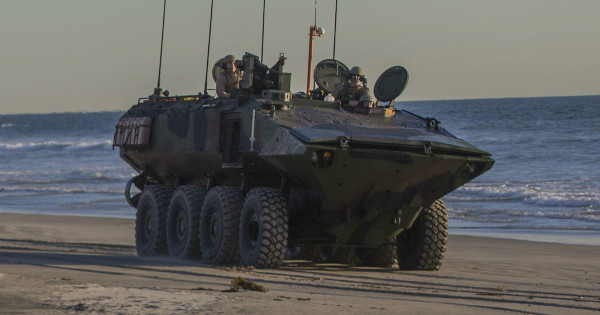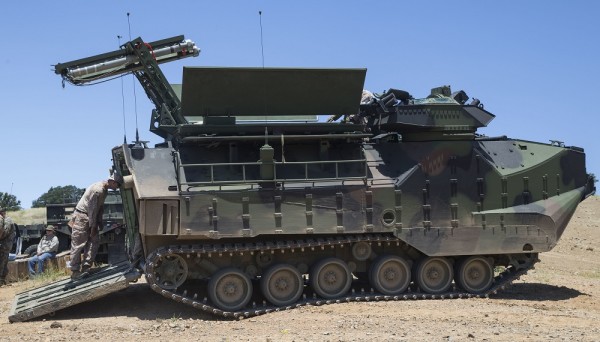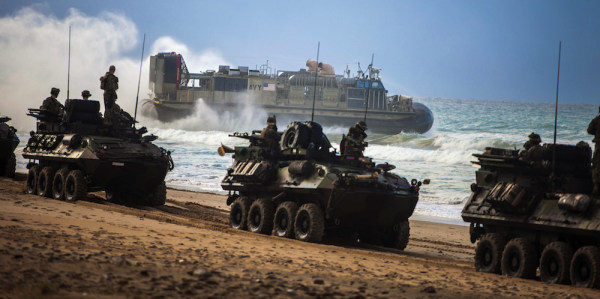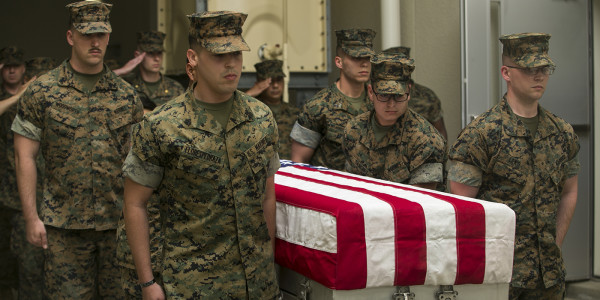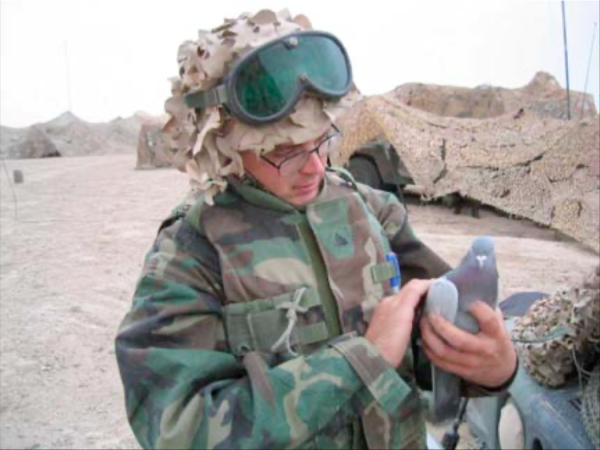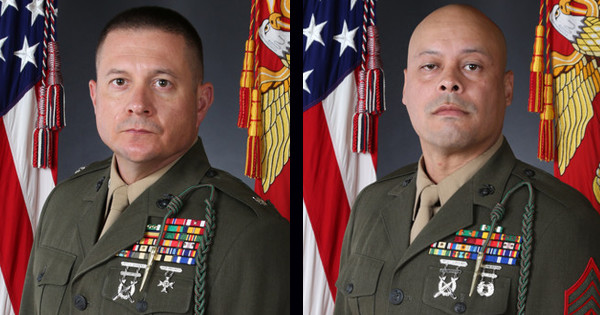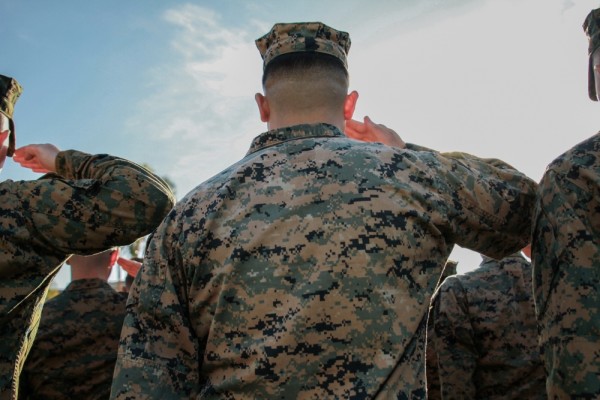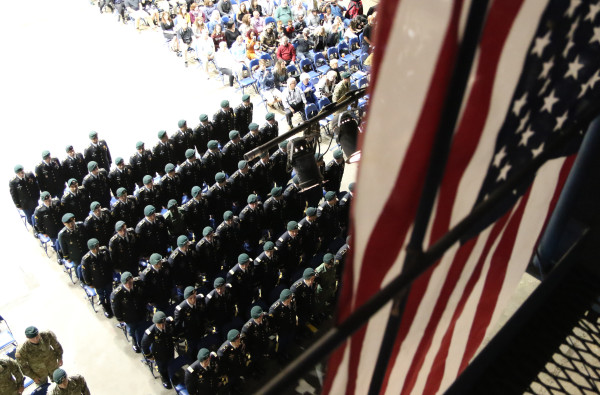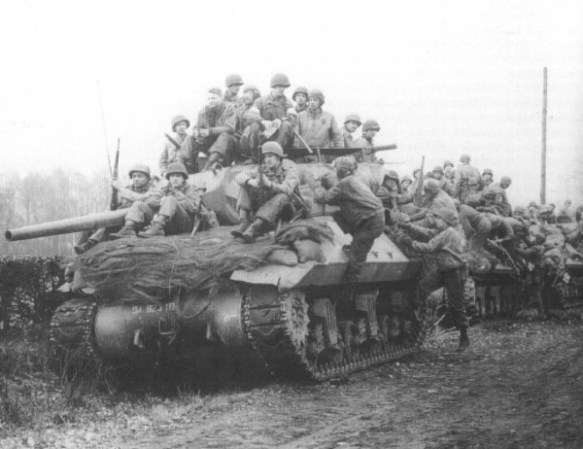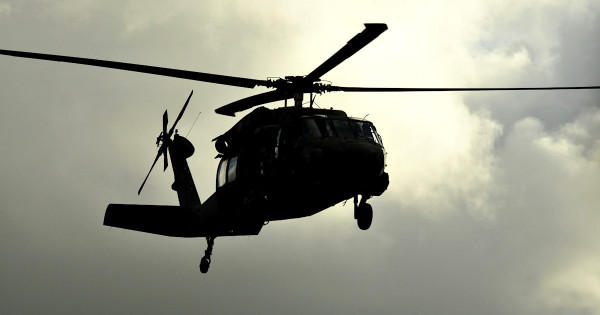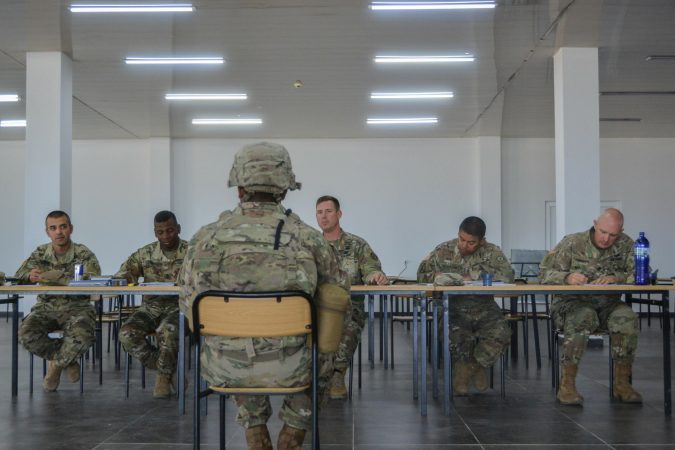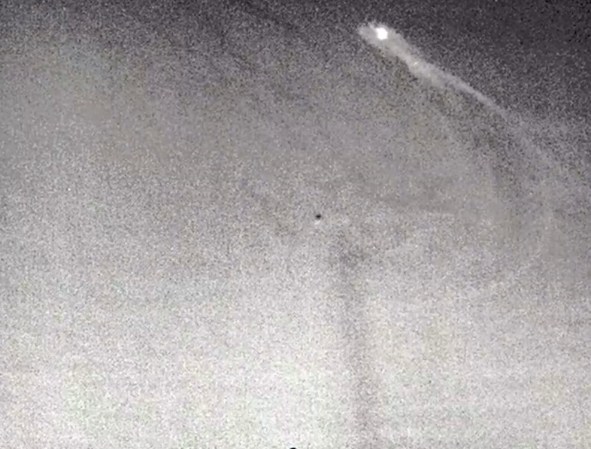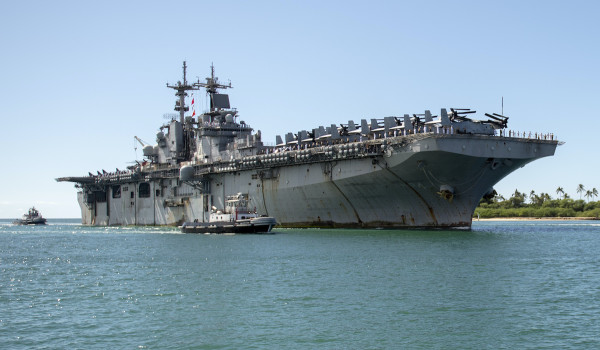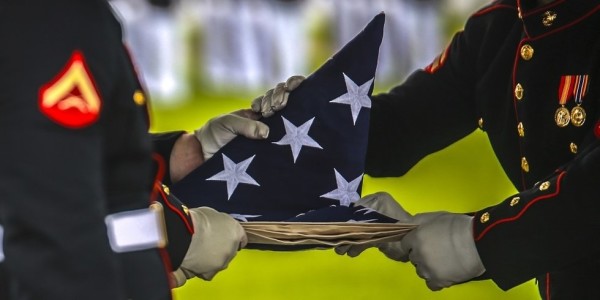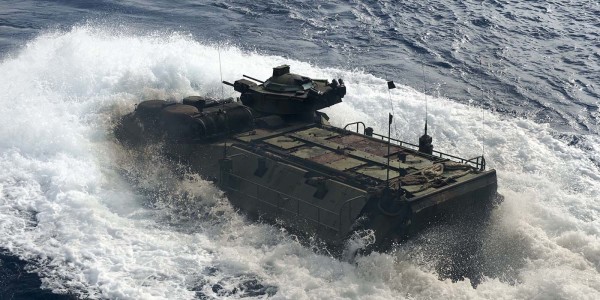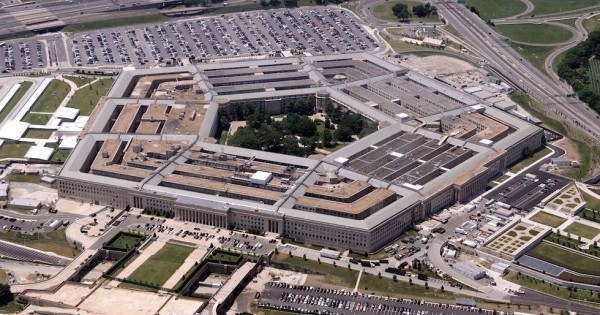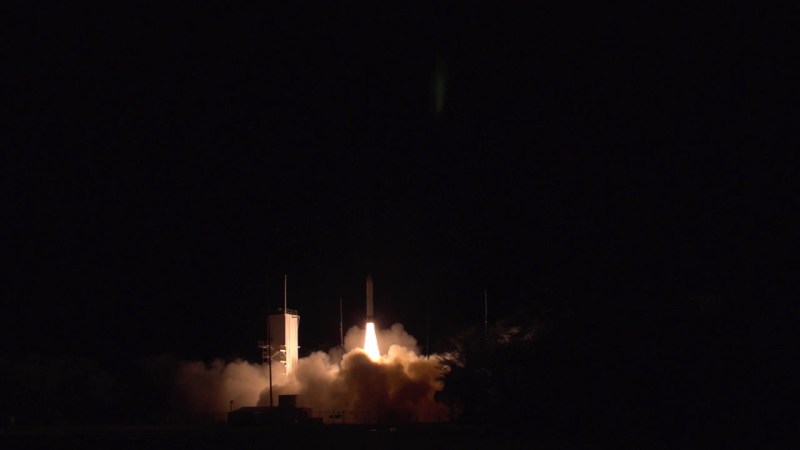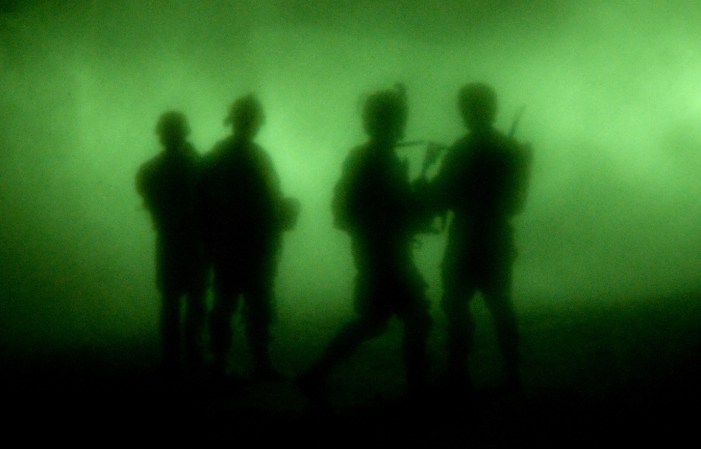Nearly 17 months after a training accident that cost the lives of eight Marines and one sailor, the Marine Corps has announced that it will no longer include its aging fleet of amphibious assault vehicles for regularly scheduled deployments or use the vehicles for waterborne training.
“AAVs will only return to operating in the water if needed for crisis response,” Marine Corps spokesman Maj. Jim Stenger said on Wednesday. “This decision was made in the interest of the long-term health of the amphibious vehicle programs and future capabilities. The AAV will continue to operate on land; 76% of its tasks are land-based. In doing so, we reserve the capability to reverse this decision should the need arise.”
The decision comes after one of the vehicles sank off San Clemente Island, California, on July 30, 2020, marking the deadliest training accident involving an amphibious assault vehicle in the Marine Corps’ history.
A subsequent investigation found that the vehicles that had been assigned to the platoon involved with the exercise were in “horrible conditions.” Moreover, most of the Marine Corps’ fleet of decades’ old amphibious assault vehicles failed an inspection following the accident.
“The Marine Corps stands by the efficacy of the recommendations that came from the multiple investigations into the AAV mishap from the summer of 2020, and with those recommendations implemented and sustained, the AAV is a safe and effective vehicle for amphibious operations,” Stenger said.
However, the vehicles have earned a reputation among Marines as death traps that are notoriously hard to get out of quickly. The vehicles are also older than most of the Marines who ride in them. The amphibious assault vehicle that sank in 2020 had been built 36 years earlier.
Investigators also found serious shortfalls in training and readiness leading up to the exercise off San Clemente Island. Eight of the service members who died in the accident had not been trained how to get out of a submerged vehicle.
Ultimately, the Marine Corps fired its former Inspector General, Gen. Robert Castellvi, who was commander of the 1st Marine Division prior to the accident. The command investigation into the incident found that Castellvi was partially responsible for the disaster by not ensuring that all of his Marines and sailors had completed training for how to escape from a submerged vehicle before they joined the 15th Marine Expeditionary Unit.
The investigation also noted that Castellvi had not conducted a Marine Corps Combat Readiness Evaluation prior to the accident that may have revealed the training and readiness problems that were later uncovered.
Col. Christopher Bronzi, formerly head of the 15th Marine Expeditionary Unit, was also fired in the aftermath of the accident, as was Lt. Col. Michael J. Regner, formerly commander of 1st Battalion, 4th Marine Regiment.
The Marine Corps is in the process of replacing amphibious assault vehicles with Amphibious Combat Vehicles by 2028. Unfortunately, even these newer vehicles can be difficult to evacuate in an emergency.
At the moment, the Marine Corps has suspended using Amphibious Combat Vehicles in waterborne operations while it fixes a problem with the vehicle’s towing mechanism, Stenger sand on Wednesday.
“We expect that issue to be resolved soon and for ACVs to return to the water early in the New Year,” Stenger said.
Read more on Task & Purpose
- The Air Force fired a commander who separated an airman recovering from a suicide attempt
- Tulsi Gabbard posted a video in uniform accusing ‘self-serving’ politicians of wanting to start World War III
- A Marine captain argues: the Corps has a ‘participation award’ problem
- This video captures the ‘oh sh-t’ moment of an Army paratrooper’s reserve parachute opening at the last possible second
- Here’s why military officers are commanding fewer enlisted troops than ever before
Want to write for Task & Purpose? Click here. Or check out the latest stories on our homepage.

